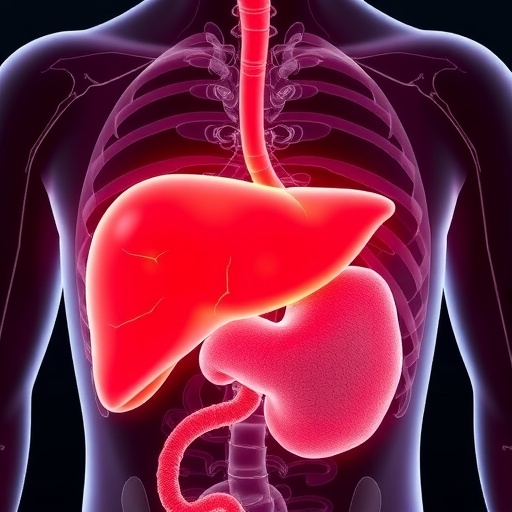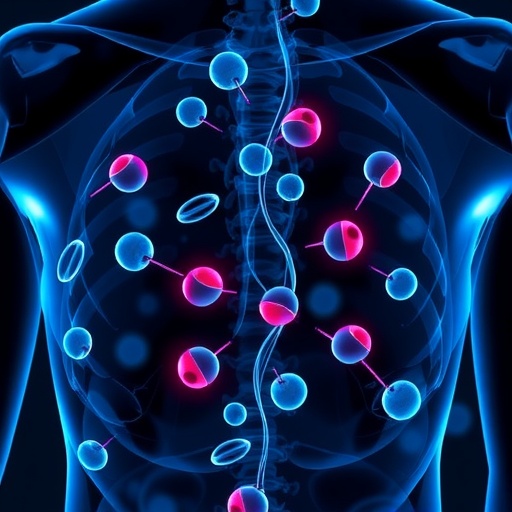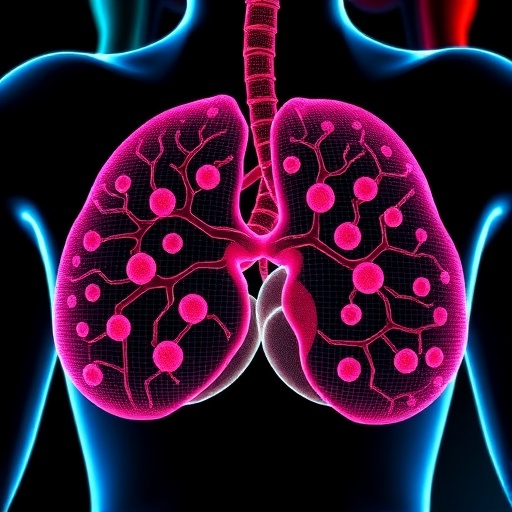
Hypothyroidism and Non-Alcoholic Fatty Liver Disease: A Critical Intersection in Metabolic Health
Recent advances in clinical research highlight a significant and intriguing link between hypothyroidism and non-alcoholic fatty liver disease (NAFLD), an association that warrants attention from both healthcare professionals and the general public alike. Hypothyroidism, characterized by an underactive thyroid gland, leads to a decrease in metabolic rate and can manifest in various physiological abnormalities. On the other hand, NAFLD has emerged as one of the most common liver diseases worldwide, often rooted in metabolic dysregulation, obesity, and insulin resistance. Together, these conditions create a complex interplay that can have broader implications for understanding metabolic health.
At the heart of the discussion is how hypothyroidism influences liver function and, by extension, the development of NAFLD. Thyroid hormones play a crucial role in the regulation of numerous metabolic processes, including lipid metabolism. When thyroid hormone levels are insufficient, there is a perturbation in normal lipid catabolism, which leads to the accumulation of fats within liver cells – a hallmark of NAFLD. This fat accumulation can be subtle initially but can progress to more severe liver damage, including steatohepatitis and cirrhosis if not monitored and managed properly.
Epidemiological studies have shown that individuals suffering from hypothyroidism have a significantly higher prevalence of NAFLD compared to those with normal thyroid function. This correlation raises questions about the underlying biological mechanisms linking these two conditions. One proposed pathway is the role of thyroid hormones in regulating enzymes related to lipid synthesis and degradation. The disturbance in these metabolic pathways can result in increased lipogenesis and reduced fatty acid oxidation, thus promoting the onset of NAFLD in individuals with deficient thyroid function.
Moreover, it’s important to consider the multifactorial nature of NAFLD as it often coexists with other metabolic syndrome components like obesity, diabetes, and dyslipidemia. In patients with hypothyroidism, there tends to be a higher incidence of these coexisting conditions, which can further amplify the risk of developing NAFLD. Therefore, understanding how hypothyroidism exacerbates these risk factors can provide a clearer picture of why certain populations are more vulnerable to liver disease.
Investigating the impact of gender and age is also essential in this discourse. Women, particularly those in middle age who are at higher risk for hypothyroidism, may represent a demographic particularly susceptible to developing NAFLD as a consequence of hormonal changes. The interplay between sex hormones, thyroid function, and liver health can reveal critical insights into why some populations may be disproportionately affected by these conditions.
The emerging therapeutic strategies also become a focal point in this analysis. Addressing hypothyroidism through appropriate hormone replacement therapy can lead to improvements in metabolic parameters and, consequently, may reverse or mitigate the progression of NAFLD. However, the efficacy of such treatments can vary significantly among individuals, and additional factors such as lifestyle and dietary choices play an integral role in patient outcomes. Hence, personalized medicine approaches are essential in managing patients who may suffer from both thyroid dysfunction and liver disease.
Due to the potential link between these two prevalent conditions, early diagnosis and intervention strategies become crucial for healthcare providers. Routine screening for thyroid function in patients with diagnosed NAFLD may be beneficial, as timely identification can lead to improved management and outcomes. Similarly, equally imperative is the implementation of lifestyle modifications that emphasize nutritional balance and physical activity, which can positively influence both thyroid health and liver function.
As research continues to evolve, it becomes increasingly clear that the relationship between hypothyroidism and NAFLD deserves our focus. With ongoing studies investigating the potential therapeutic avenues and clarifying the biological mechanisms at play, the hope is to develop comprehensive care strategies that tackle both conditions simultaneously. This is particularly crucial in mitigating long-term complications associated with unresolved metabolic health issues.
The landscape of endocrinology and hepatology is rapidly transforming as our understanding of these complex interactions deepens. The integration of thyroid function assessments into routine metabolic health screenings could transform patient management, leading to improved therapeutic outcomes for individuals at high risk of developing NAFLD due to undiagnosed or poorly managed hypothyroidism.
In conclusion, the intricate relationship between hypothyroidism and non-alcoholic fatty liver disease highlights a significant area of concern in the contemporary health landscape. As public awareness grows and research continues to illuminate pathways toward better understanding and treatment options, patients and healthcare providers are encouraged to work collaboratively to address these co-existing conditions for a healthier future.
Subject of Research: The relationship between hypothyroidism and non-alcoholic fatty liver disease (NAFLD).
Article Title: Evidence on the link between hypothyroidism and non-alcoholic fatty liver disease: an updated systematic review.
Article References:
Pourseyedi, N., Arefhosseini, S., Tutunchi, H. et al. Evidence on the link between hypothyroidism and non-alcoholic fatty liver disease: an updated systematic review.
BMC Endocr Disord 25, 154 (2025). https://doi.org/10.1186/s12902-025-01977-2
Image Credits: AI Generated
DOI:
Keywords: Hypothyroidism, Non-alcoholic fatty liver disease, Metabolism, Thyroid hormones, Liver health, Epidemiology.
Tags: clinical research on hypothyroidismhealthcare insights on thyroid and liver diseaseshypothyroidism and fatty liver diseaseimplications of metabolic dysregulationinsulin resistance and liver healthlink between thyroid dysfunction and NAFLDmanaging hypothyroidism and NAFLDmetabolic health and liver functionnon-alcoholic fatty liver disease overviewobesity and hypothyroidism connectionsteatohepatitis and liver damagethyroid hormones and lipid metabolism





